Delhi Architect Shares Secrets To Create A Chutney Garden In Three Steps
“Chutney is one of the most popular condiments in Indian cuisine,” says the urban gardener who is also well-known for her impeccable culinary skills.
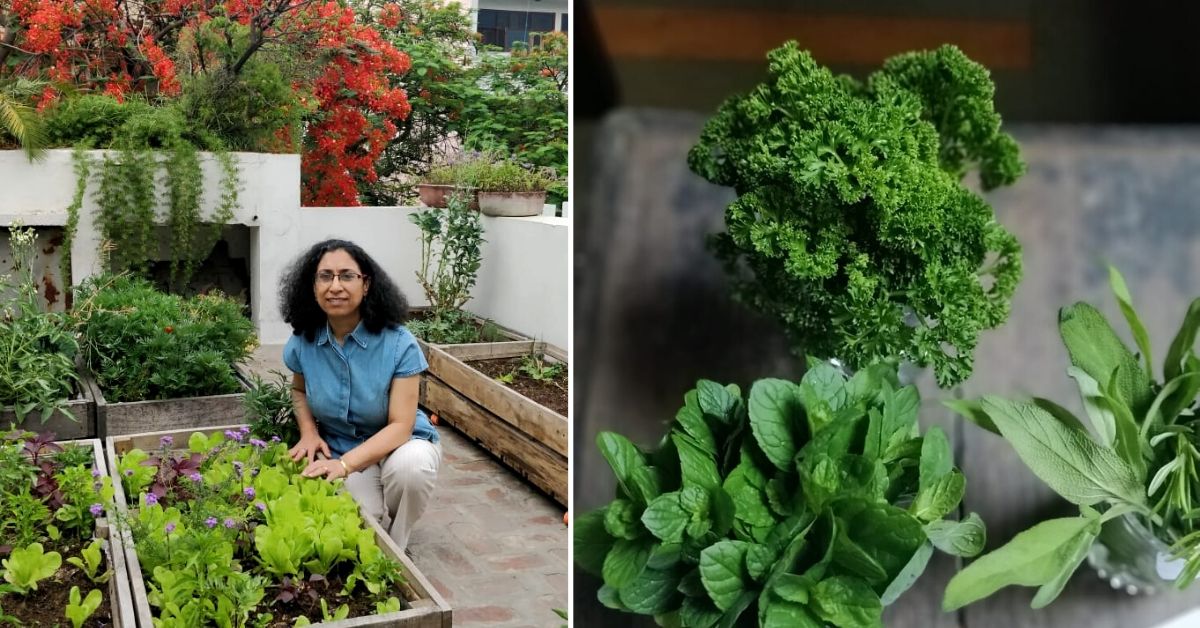
Be it crisp papad or flaky samosa; nothing adds a kick to food like chutney! From the North to the South of India, the textures and flavours may vary, but coriander, mint, and green chillies are indispensable ingredients for a perfect chutney. Now, imagine reaching out to your window sill and plucking them fresh every day, to prepare a zesty bowl of green chutney to go with some boring food you had to rustle up. Yes, the pleasures of having a fragrant, homegrown chutney garden!
‘The Better Home’ brought to you by ‘The Better India’
We created ‘The Better Home’ because you shouldn’t have to choose between non-toxic ingredients and effective cleaning. Our cleaners are safe for babies, pets, skin and our oceans.
Explore our range of powerful, earth-friendly cleaners here.
Well, chalk it up to her mastery at gardening, and of course, her culinary skills, Anita Tikoo’s meals are anything but boring! For the past four years, the Delhi-based landscape architect has been nurturing a kitchen garden at her home in Swasthya Vihar.
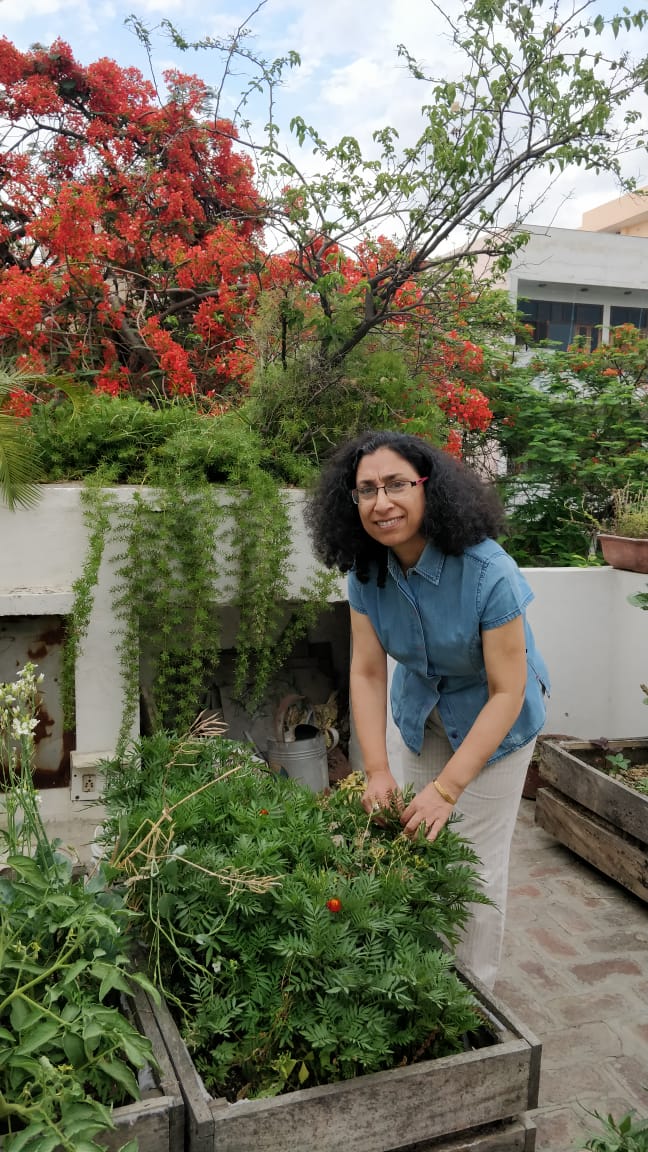
She has been growing a wide variety of kitchen herbs, vegetables, and seasonal greens in her home garden. Out of all, her small harvest of the chutney ingredients deserves special mention, which she recently talked about in an online workshop. Anita Tikoo’s hassle-free tips for growing a chutney garden became quite a sensation overnight.
Speaking to The Better India, this passionate urban gardener revealed her inspiration behind this hobby and shared tips and tricks on growing a ‘chutney garden’ at a city home.
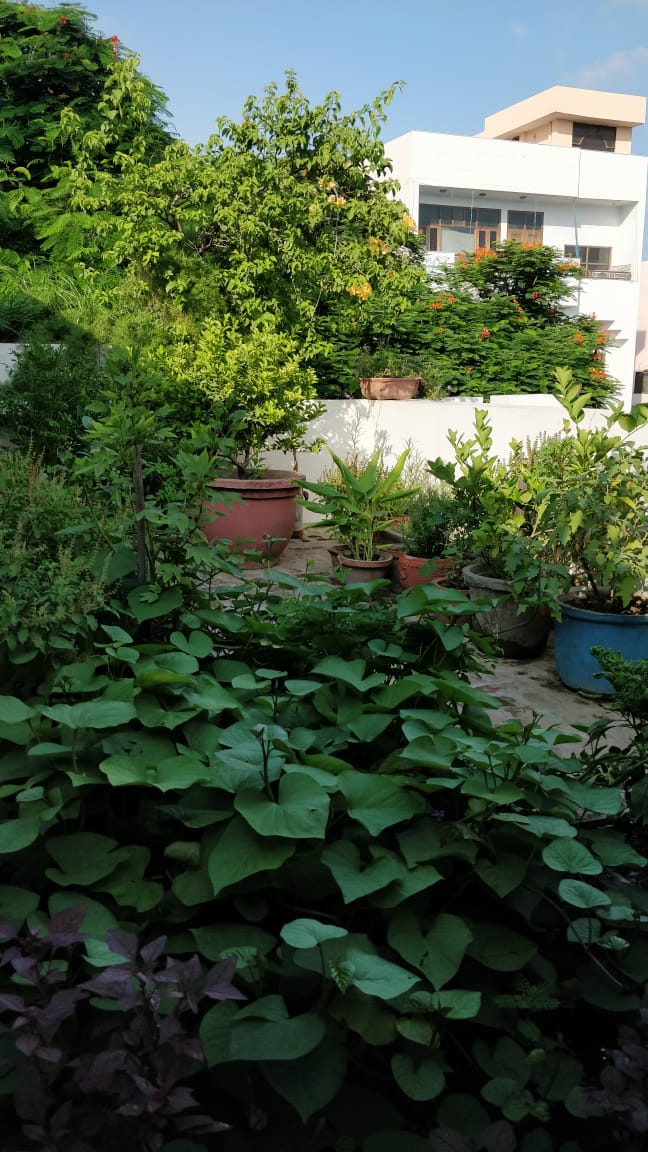
Chutney Garden in Just Three Steps
“To begin with, there’s nothing called a chutney garden,” Anita chuckles, adding that she had coined the term. While foraging supplies from her kitchen during the lockdown to grow into plants, she had the idea to inspire people to grow a small, low-maintenance ‘chutney garden’ in their homes.
“Chutney is one of the most popular condiments in Indian cuisine,” says the urban gardener who is also well-known for her impeccable culinary skills. According to her, all you need to do for a chutney garden is follow three necessary steps.
- Collect three pots and fill them with soil. Alternately, you can also prepare a large planter with ample space to grow three herbs side by side.
- From your kitchen, procure some coriander seeds, stalks of mint leaves, and seeds of dried chillies. No need to buy extra seeds from the market
- Plant these in the soil and water regularly. Use organic compost as a fertiliser and homemade pesticides, as mentioned later.
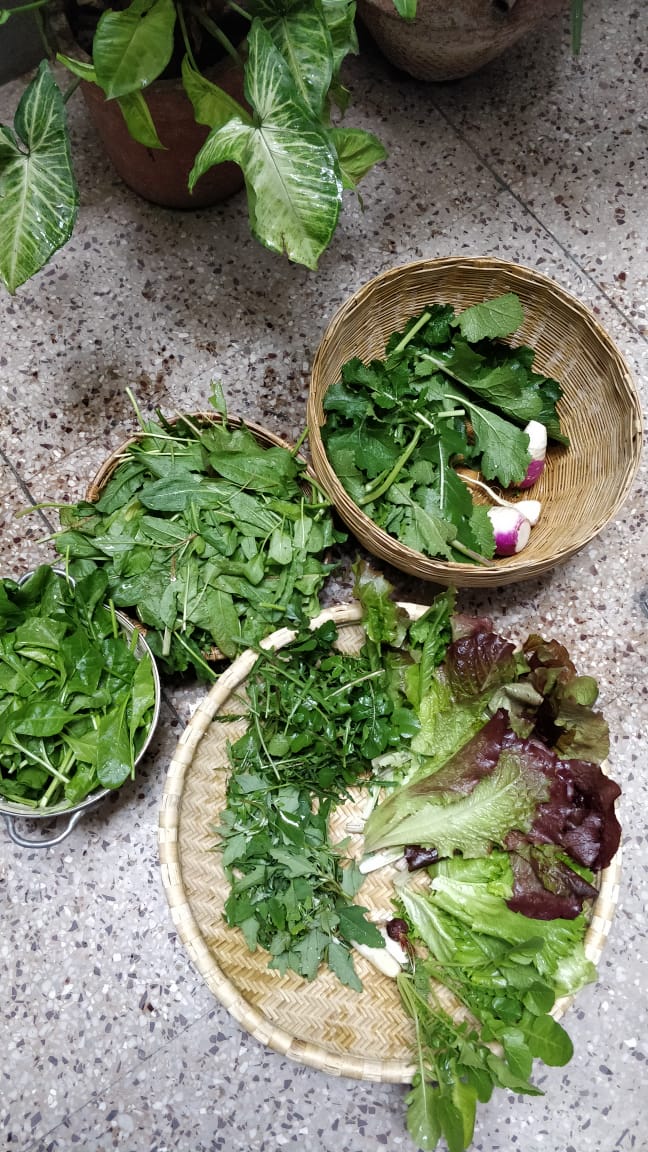
Anita specifies that one can expand their chutney garden according to their palate, and add plants like ginger, garlic, and even tomatoes for some homemade chutney that can pair up perfectly with almost any savoury Indian delicacy.
Inspired by her Father’s Kitchen Garden
“I grew up in the IIT-Delhi campus, where my father was a resident engineer. There was plenty of greenery around, but my father’s little kitchen garden in our front yard intrigued me the most. However, I did not completely perceive his obsession with kitchen gardening until I grew one myself,” shares 55-year-old Anita.
Earlier, Anita was more into ornamental gardening, as part of her work as a landscape architect and ecological planner. However, around four years ago, she had an epiphany.
She realised how much water and resources are consumed by an ornamental floral garden every single day. She witnessed everyone’s obsession with a velvety lawn or an exotic flower bed, lined with the blissful ignorance of the high water consumption and the inorganic additives required to maintain the same. This was quite the concern given the water crisis in the city of Delhi.
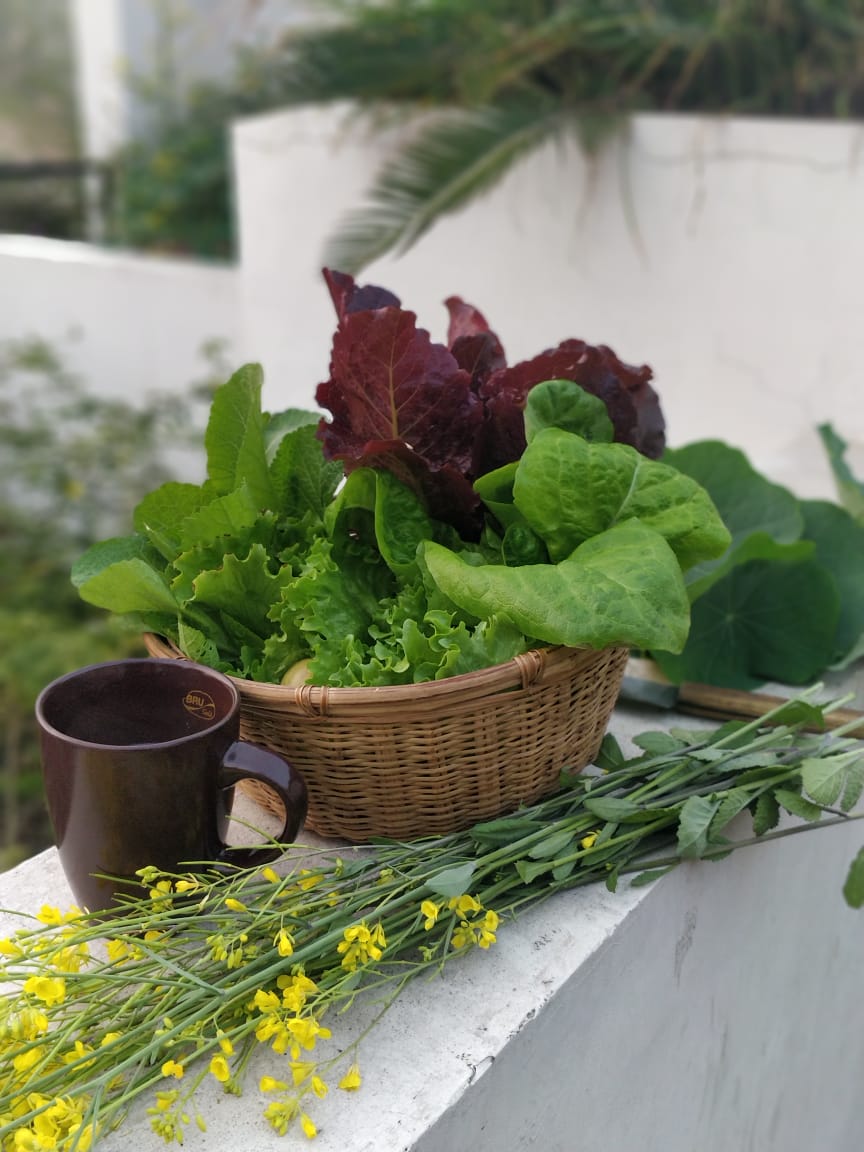
“Even after all the hard work, an ornamental garden won’t offer you anything in return except for being pleasant to look at. Whereas, a kitchen garden will offer you a bounty with minimal effort and inputs,” shares Anita, who then realised why her father had always advocated for it.
Anita started growing seasonal herbs in grow bags initially, before switching to timber planters as soon as her terrace garden flourished beyond expectations. Procuring seeds for vegetables, herbs or greens was no hardship, and she sourced other seeds from her kitchen. Meanwhile, she started home composting with vegetable peels and wet kitchen waste.
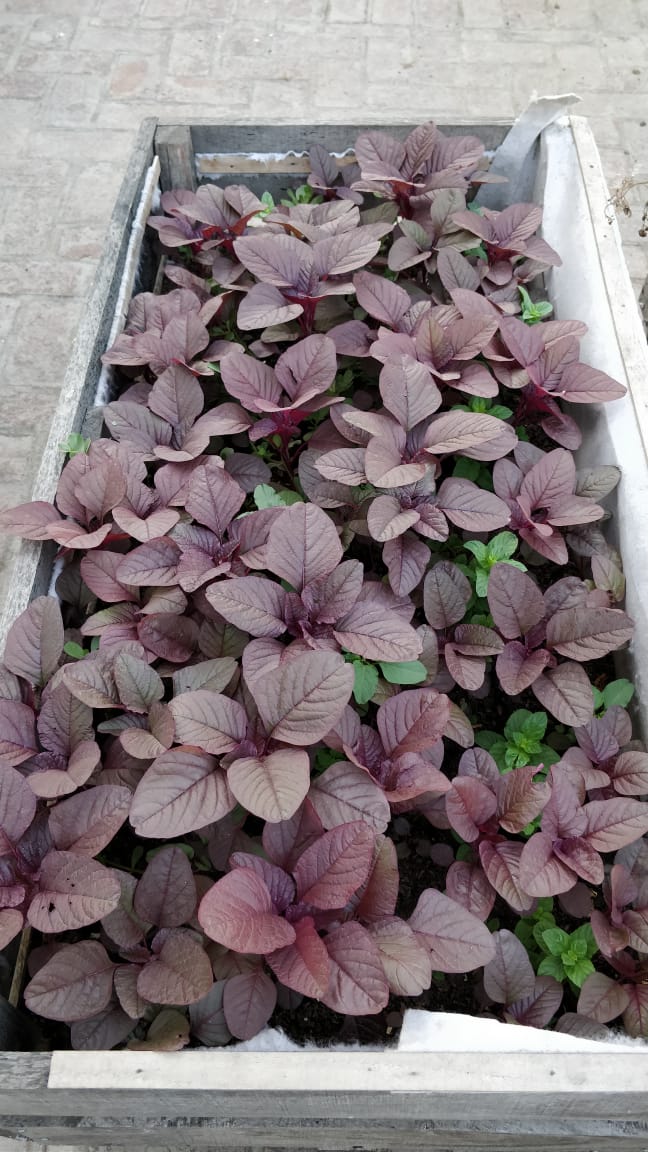
Anita’s Seasonal Bounty
Presently, Anita’s kitchen harvest is segregated into spring-summer and winter seasons. For instance, right now as the mercury soars in the capital city, Anita’s garden is resplendent with red & green amaranth, Malabar spinach, parsley, chilli, tomatoes, three varieties of ginger including the fragrant mango ginger, turmeric, galangal, mint, coriander, pumpkin, eggplant, etc.
Her winter produce includes a series of fresh vegetables like carrot, turnip, beetroot, radish, etc. as well as greens like spinach, lettuce, dill, mustard, basil, and rosemary. Occasionally, Anita practises soilless cultivation of microgreens. She also has an extensive collection of edible flowers like Shankhpushpi (which she uses in her homemade kombucha), summer cosmos, indigenous varieties of roses, etc.
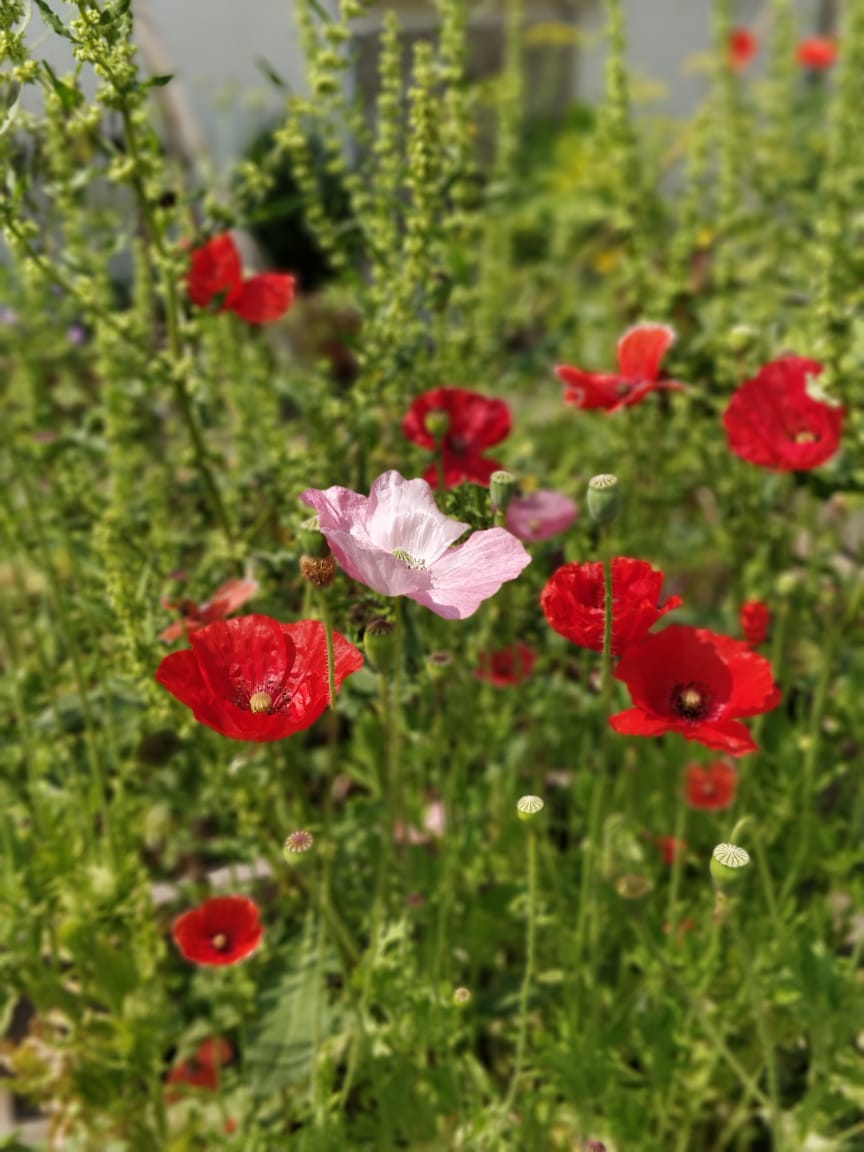
“I consume greens almost six days of the week because there is just so much in my garden. I don’t recall buying any greens from the market in the past three years, except Methi. For some reason, my Methi harvest is just not good enough,” she jokes about her green thumb being particularly finicky towards Methi.
Anita admits how her diet has improved significantly due to the kitchen garden. Sometimes, she also distributes the surplus produce from her garden among her neighbours, relatives, and friends.

“Gardening Opens up your Mind”
Anita Tikoo strictly follows organic gardening practices, including making her pesticides out of garlic and chilli paste mixed with water. However, sometimes she prefers to leave her plants be if a caterpillar or some small insect is feeding on them.
“It’s the beautiful law of nature. The plant will sprout new leaves again, and the caterpillar will turn into a butterfly,” she says.
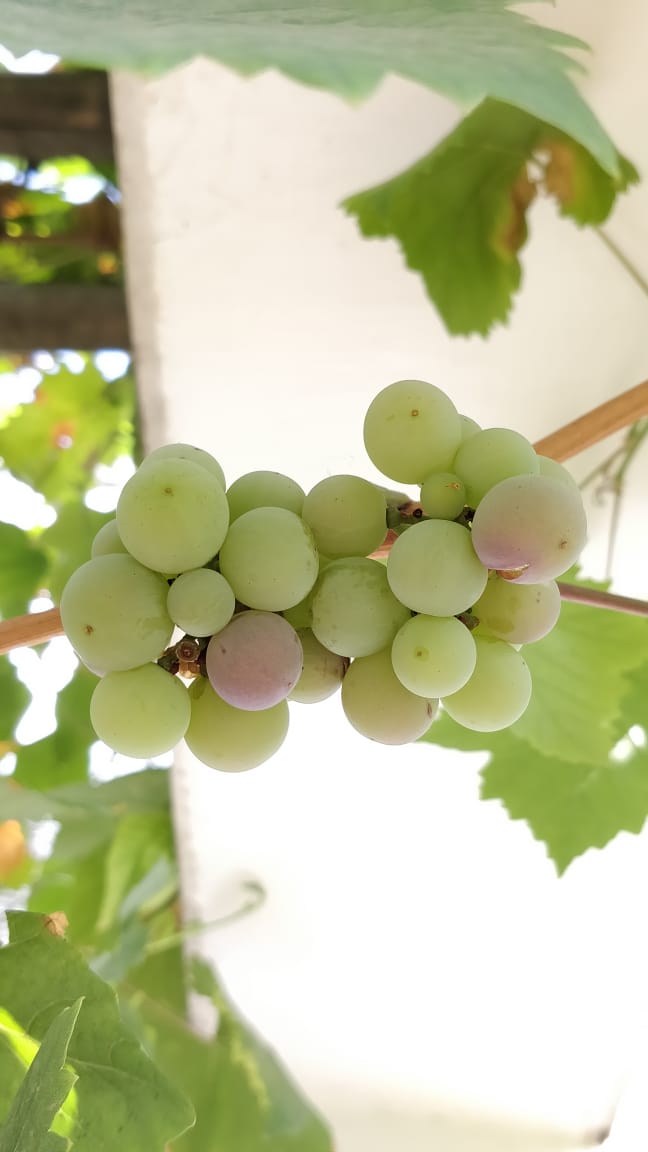
This is the principle she advocates for everyone for keeping a kitchen garden in their homes. “It helps children gain hands-on knowledge about nature and natural sciences. At the same time, gardening is an enriching and mindful experience for anyone who indulges in it,” shares Anita.
Check out Anita’s Instagram handle here!
(Edited by Saiqua Sultan)
Like this story? Or have something to share?
Write to us: [email protected]
Connect with us on Facebook and Twitter.

Similar Story

‘I Took A Risk & Won’: Wheat Farmer Switched to Growing Lemons, Earns Rs 7 Lakhs Per Harvest
Observing the year-round demand for lemons, Anand Mishra switched from growing traditional crops like wheat, paddy, and peas to cultivating lemons in Uttar Pradesh. With his two-acre farm now yielding Rs 7 lakh in profits, he explains the reasoning behind this ‘unconventional’ change.
Read more >
If you found our stories insightful, informative, or even just enjoyable, we invite you to consider making a voluntary payment to support the work we do at The Better India. Your contribution helps us continue producing quality content that educates, inspires, and drives positive change.
Choose one of the payment options below for your contribution-
By paying for the stories you value, you directly contribute to sustaining our efforts focused on making a difference in the world. Together, let's ensure that impactful stories continue to be told and shared, enriching lives and communities alike.
Thank you for your support. Here are some frequently asked questions you might find helpful to know why you are contributing?


This story made me
-
97
-
121
-
89
-
167












